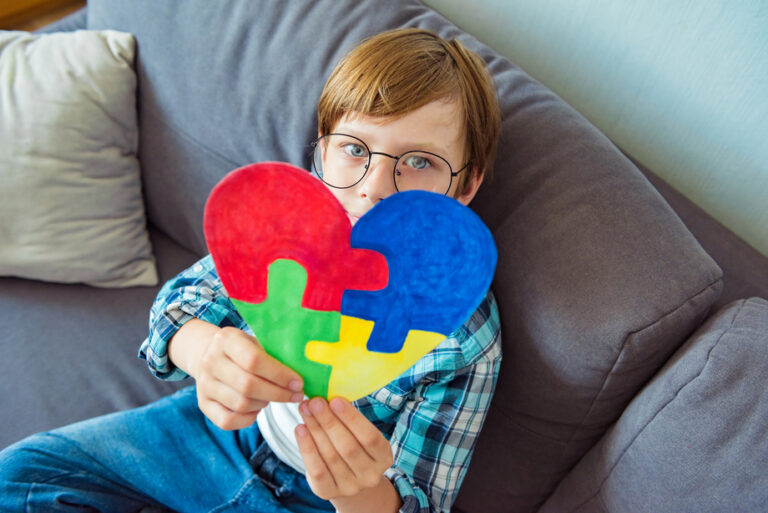Stem Cell Therapy Autism
Unraveling Autism: Hope in Stem Cells VSELs

Autism, a spectrum of conditions that affect the way people communicate and interact with the world, still holds mysteries about its exact causes. However, science is advancing by leaps and bounds, offering new alternatives, such as VSELs stem cell therapy autism, to provide hope for people with autism and their families.
What causes autism spectrum disorders?
Research points to a combination of genetic and environmental factors that influence brain development during pregnancy and early childhood. While there is no single cause, a better understanding is key to prevention and the development of more effective treatments.
What are the current treatments for autism? (stem cell therapy autism)
There is currently no cure for autism, but there are a number of therapeutic approaches that can help improve the quality of life for people with autism. The most common treatments include:
- Behavior therapy: Focuses on modifying specific behaviors to improve communication, social skills, and independence.
- Speech therapy: Helps develop communication and language skills.
- Occupational therapy: Focuses on improving fine motor skills and coordination to perform daily tasks.
- Medications: May be helpful in controlling some symptoms, such as anxiety, hyperactivity, or sleep problems.
Xtend Optimal Health Way
- Search for the root causes and conditions. Create a personalized short and long term program with stem cell therapy autism.
- Prepare the cellular environment prior to treatment.
- Receive Stem Cells Heal, recover and optimize with Stem Cells. Follow up, revise, improve and reiterate.
- Post-treatment action plan
How can VSELs stem cell therapy help?
VSELs stem cells, found in blood and fat tissue, have great potential for regenerative medicine. In the case of autism, VSELs therapy is based on the ability of these cells to:
- Reduce neuroinflammation: Chronic inflammation in the brain has been linked to autism. VSELs may modulate the inflammatory response and improve brain function.
- Promote neurogenesis: Stimulate the creation of new neurons in key areas of the brain associated with learning, memory, and communication.
- Improve neuronal connectivity: Strengthen connections between neurons, which could improve cognition and behavior.
Autism does not define a person, nor does it limit his or her potential. With the right support and new therapeutic options such as therapy with VSELs (stem cell therapy autism), people with autism can reach their full potential and live a full and meaningful life.
Why VSELs?

